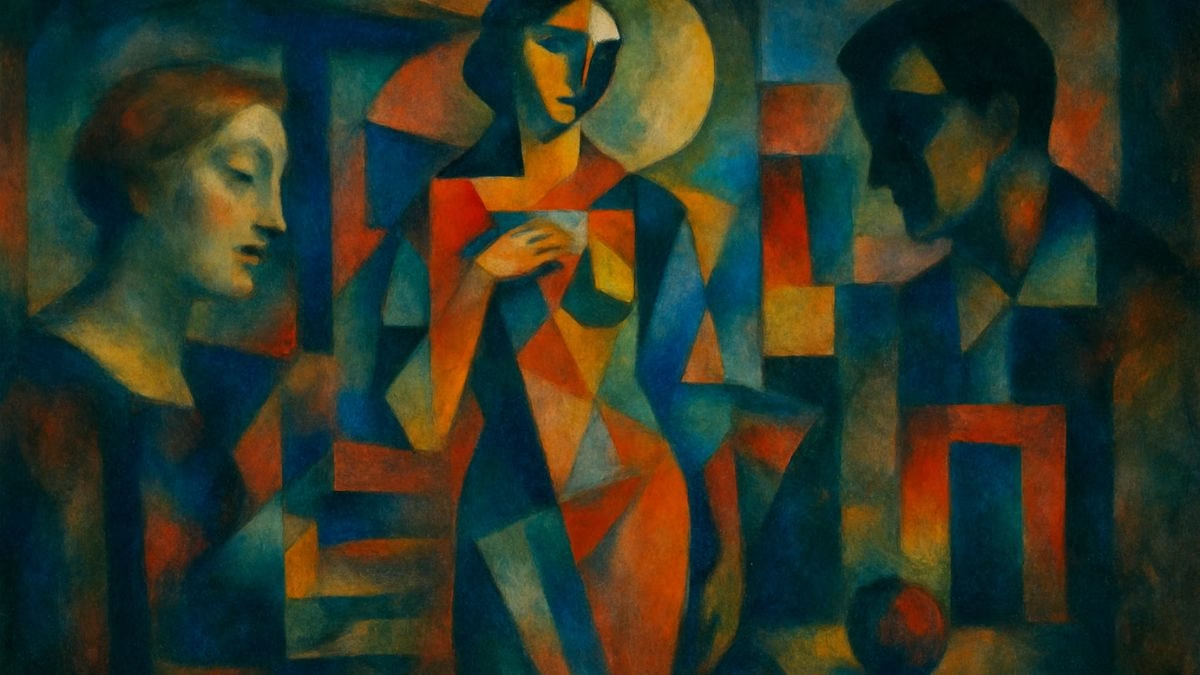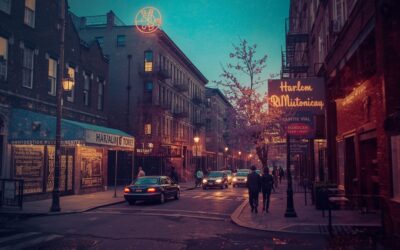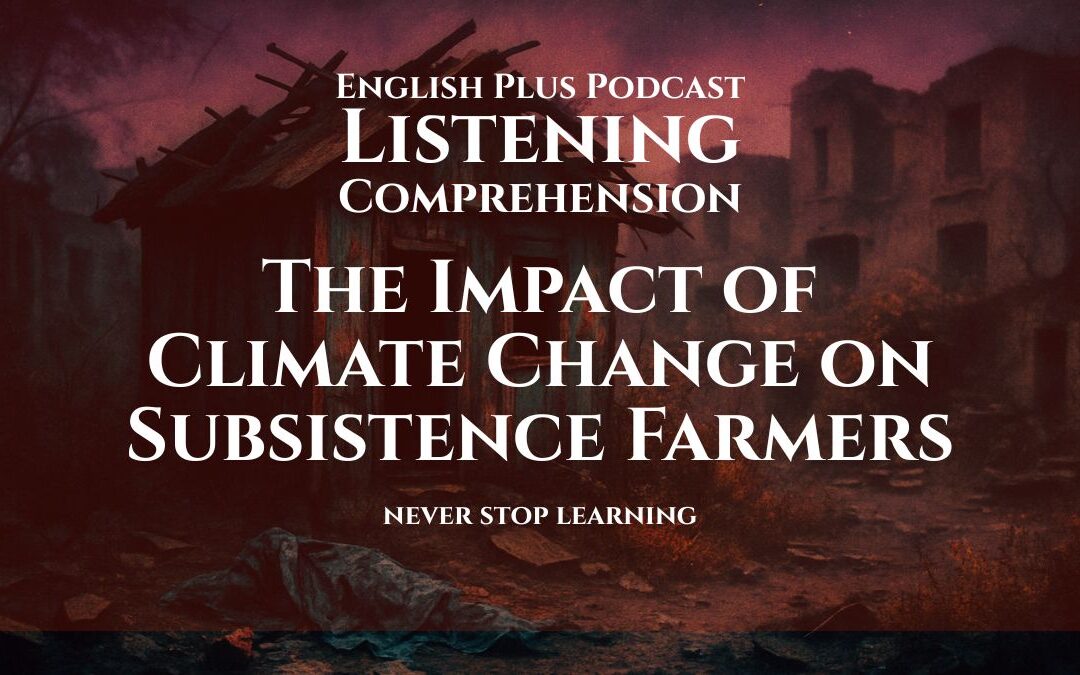Boost Your Reading Skills
Welcome to your art history reading workout! Passages on arts and humanities are common on international exams. They test your ability to track the progression of ideas, understand artistic concepts, and recognize cause and effect over time.
To master this type of passage, focus on these strategies:
- Create a Mental Timeline: This passage moves chronologically through different art movements. As you read, create a simple timeline in your head or in your notes (e.g., Renaissance -> Baroque -> Impressionism -> Cubism). This will help you keep the order straight and understand how one movement influenced the next.
- Focus on the “Why”: Don’t just learn what each movement was; try to understand why it happened. The text will often link art movements to broader historical events (like the invention of the camera) or as a reaction to the movement that came before. This cause-and-effect relationship is often tested.
- Pay Attention to Descriptive Language: The author will use specific words to describe the style of each movement (e.g., “dramatic,” “idealized,” “fragmented”). These descriptions are clues to the core philosophy of each artistic style.
- Practice Active Pacing: This passage covers a lot of ground. A good pace is essential. Aim to complete the entire exercise in about 20 minutes. Spend 7-8 minutes reading the text to build your mental timeline and understand the concepts, then move on to the questions.
Let’s trace the evolution of European art.
Reading Passage
The history of European art is a captivating narrative of evolution and revolution, with each successive movement building upon, or aggressively rebelling against, the principles of its predecessors. This progression reflects not only shifts in aesthetic tastes but also profound changes in society, technology, and philosophy. From the idealized forms of the Renaissance to the fragmented realities of the 20th century, this artistic journey charts the changing ways in which we see the world.
The Renaissance, blossoming in the 14th to 17th centuries, marked a fervent revival of classical Greek and Roman ideals. Artists like Leonardo da Vinci and Michelangelo championed realism, proportion, and perspective, striving to create an ordered and harmonious representation of the world. Their work was characterized by a sense of clarity and stability, mirroring the humanist belief in man’s potential for rational greatness. This classicism was later challenged by the Baroque movement of the 17th century. Artists such as Caravaggio and Rembrandt embraced drama, emotion, and dynamism. Where Renaissance art was calm and stable, Baroque art was filled with movement, deep shadows, and intense emotionality, designed to evoke a powerful, visceral response from the viewer.
A pivotal turning point occurred in the mid-19th century with the advent of Impressionism. This movement was revolutionary in two ways. First, it was a direct rebellion against the rigid, formal traditions of the academic art establishment. Artists like Claude Monet and Pierre-Auguste Renoir moved out of the studio and into the natural world, seeking to capture the fleeting, sensory effect of a scene—the “impression”—rather than its precise details. Second, their work was profoundly influenced by the invention of photography. Since the camera could now capture a perfectly realistic image, many artists felt liberated from the need to do so. They began to explore what the camera couldn’t do: capture subjective experience, emotion, and the transient qualities of light.
The 20th century unleashed a torrent of radical movements that shattered traditional notions of representation. Foremost among these was Cubism, pioneered by Pablo Picasso and Georges Braque around 1907. Cubism abandoned the single, fixed viewpoint that had dominated Western art since the Renaissance. Instead, it depicted subjects from multiple viewpoints simultaneously, fracturing objects into geometric forms and interlocking planes. This was not an attempt to see the world more realistically, but to convey a more complete idea of it, acknowledging that our understanding of an object is a composite of many different views. Cubism paved the way for pure abstraction, where art became completely divorced from any discernible subject matter, focusing instead on pure form, color, and composition as its own justification. These movements demonstrated that the purpose of art was no longer simply to mirror reality, but to construct new realities and question the very nature of perception itself.
Reading Quiz
Keywords & Phrases
Successive
Following one another or following others in order.
How we used it: We talked about “successive” art movements. This means the movements that followed one after another in a historical sequence.
Predecessors
A person or thing that has been followed or replaced by another.
How we used it: Each art movement rebelled against its “predecessors.” This refers to the movements that came before it.
Aesthetic
Concerned with beauty or the appreciation of beauty.
How we used it: The passage describes “shifts in aesthetic tastes.” This refers to changes in what people considered to be beautiful or artistic over time.
Fervent
Having or displaying a passionate intensity.
How we used it: The Renaissance was a “fervent revival” of classical ideals. This means the revival was done with great passion and enthusiasm.
Dynamism
The quality of being characterized by vigorous activity and progress. In art, it refers to the sense of movement.
How we used it: Baroque art was described as having “dynamism.” This means it was full of energy and a strong sense of motion, unlike the stable art of the Renaissance.
Pivotal
Of crucial importance in relation to the development or success of something else.
How we used it: The rise of Impressionism was a “pivotal turning point.” This means it was an extremely important and crucial moment that changed the direction of art history.
Transient
Lasting for only a short time; impermanent.
How we used it: Impressionists wanted to capture the “transient qualities of light.” This refers to the fleeting, ever-changing nature of light that only lasts for a moment.
Torrent
A strong and fast-moving stream of water or other liquid. Used metaphorically for something that appears in a large, fast-moving quantity.
How we used it: The 20th century unleashed a “torrent of radical movements.” This metaphor creates a powerful image of many new, radical ideas appearing very quickly and forcefully.
Foremost
Most prominent in rank, importance, or position.
How we used it: Cubism was described as “foremost among these” radical movements, meaning it was one of the most important and influential.
Divorced from
To separate or dissociate (something) from something else.
How we used it: Abstract art became completely “divorced from any discernible subject matter.” This means it was totally separated from and had no connection to representing real-world objects.











0 Comments